This is how I photograph pelicans with a long lens, says Sean Weekly
Got a long lens? Sean Weekly explains how to photograph pelicans from the shoreline!
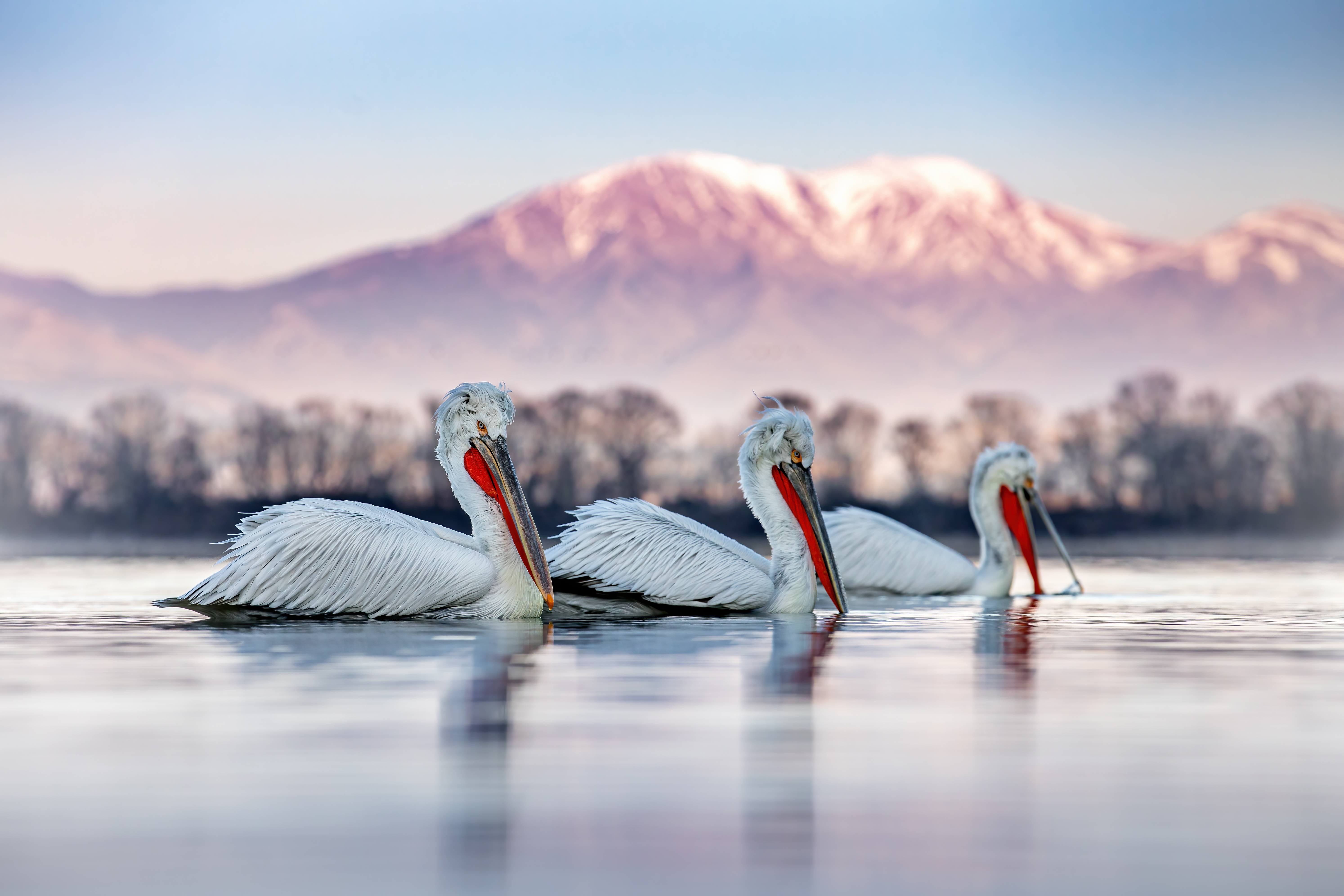
I have been extremely fortunate to visit northern Greece most winters, so in January I headed back to the gorgeous Lake Kerkini to guide some photography workshops for Wildlife Worldwide Travel. The lake sits on the border of Greece and Bulgaria and is home to the rather majestic Dalmatian Pelicans. The pelicans come from a very ancient family of birds, with fossils dating back nearly 40 million years. It is incredibly easy to see why these birds still hold those prehistoric looks.
Regarding subjects and the scenery around you, it can be tricky being surrounded by endless photographic opportunities; you can get overwhelmed by what you want to photograph. I knew that I wanted to include the habitat and the mountains, so I started off looking for a good, clean background of the mountains without any distractions.
Once I found the background I wanted, I took a test shot to ensure that
I had the correct exposure. I pushed my exposure and histogram as far to the right as I could without clipping the highlights. This gave me the maximum dynamic range offered by my camera and would permit the greatest latitude for editing shadow and highlight detail afterwards. Being able to pull back either the shadows or the highlights would help greatly with ensuring a great exposure on the birds, but
would also give me detail in the mountain that I could recover with some light post-production work.
Once I had my settings and exposure correct, it was just a matter of waiting for the pelicans to float into my shot. I was waiting for a small a group of birds, as
I thought capturing a few in frame would make the image more pleasing to the eye. Like any wildlife image, an element of luck is involved and in this image I got lucky with the third pelican opening its mouth and scooping some water.
Sean’s top four tips for photographing pelicans
1. Get to know your subject
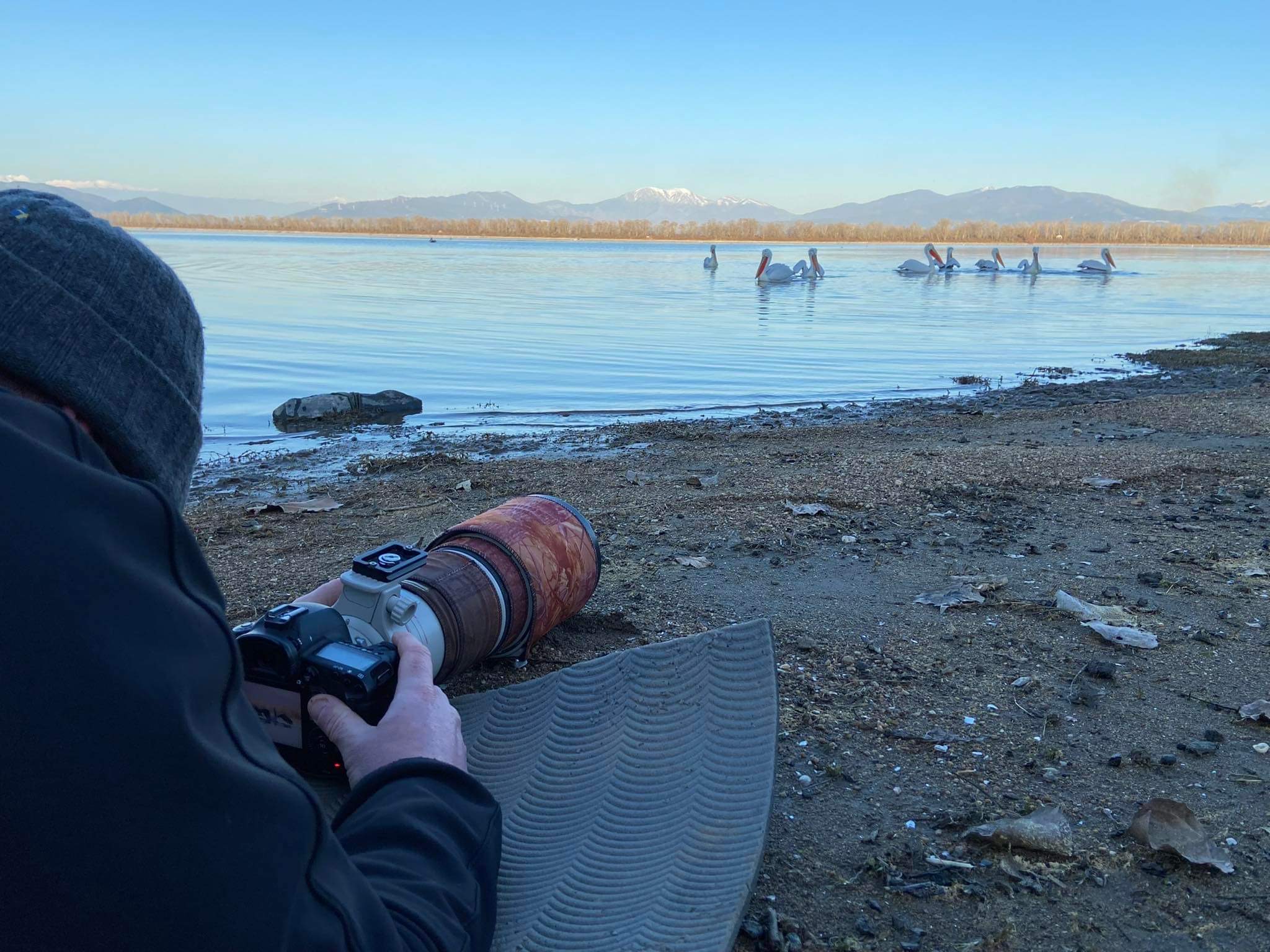
There is nothing more important with wildlife photography than really getting to know your subject. Understanding its behaviour and habitat will reward you with some great images. You’ll have a far better understanding of their movement and will be able to predict your shots before they happen, allowing you to get set up.
• 5 tips to capture great bird in flight photography
2. Try unconventional shutter speeds
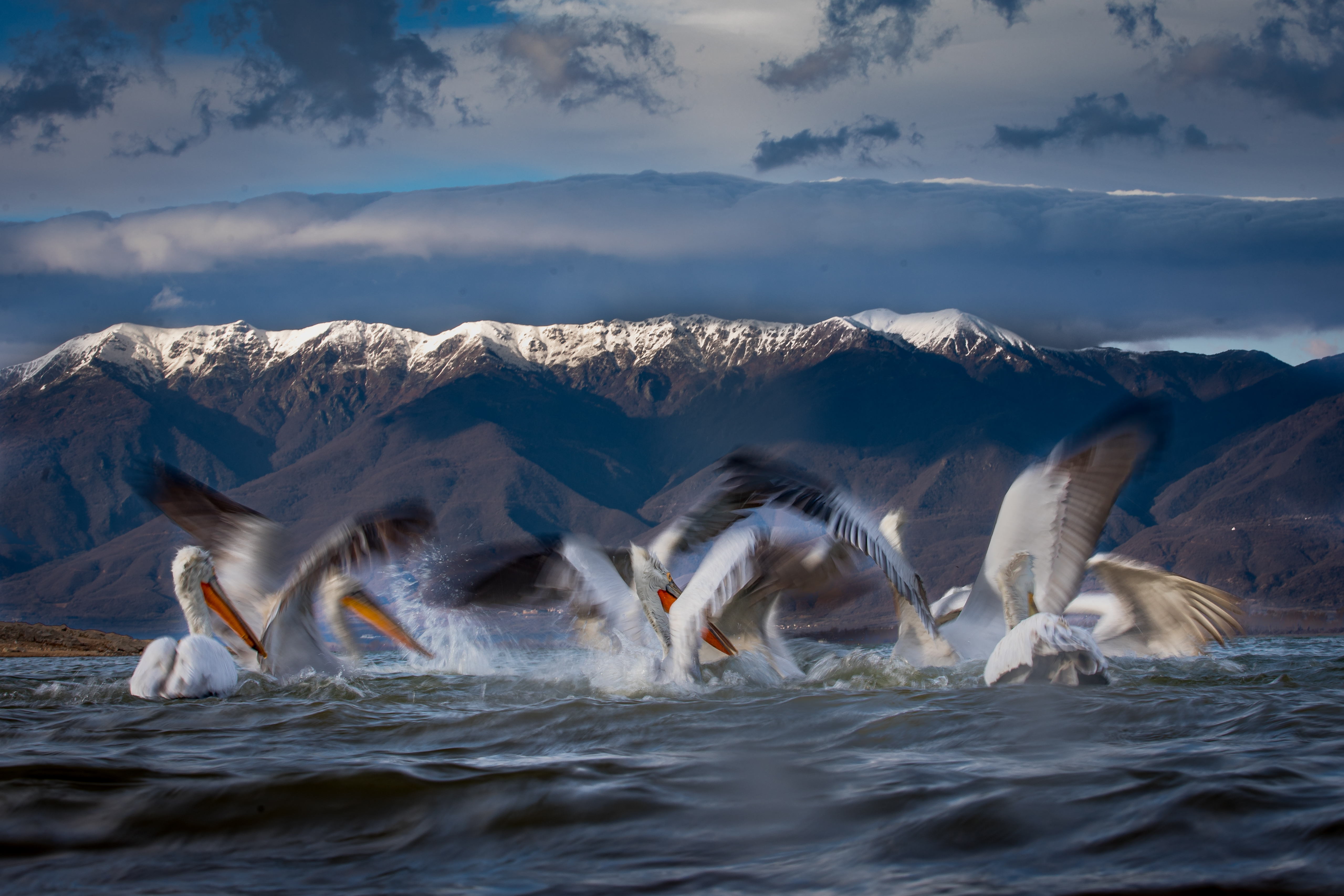
Once you’ve bagged a few great shots, change your settings and experiment with different apertures and shutter speeds. Here, I shot slightly slower (1/15 sec) to capture some motion blur as the pelicans flapped their large wings. Remember to stop down (f/18) and lower your ISO (L50) to avoid over-exposing your shot.
3. Get down to eye-level
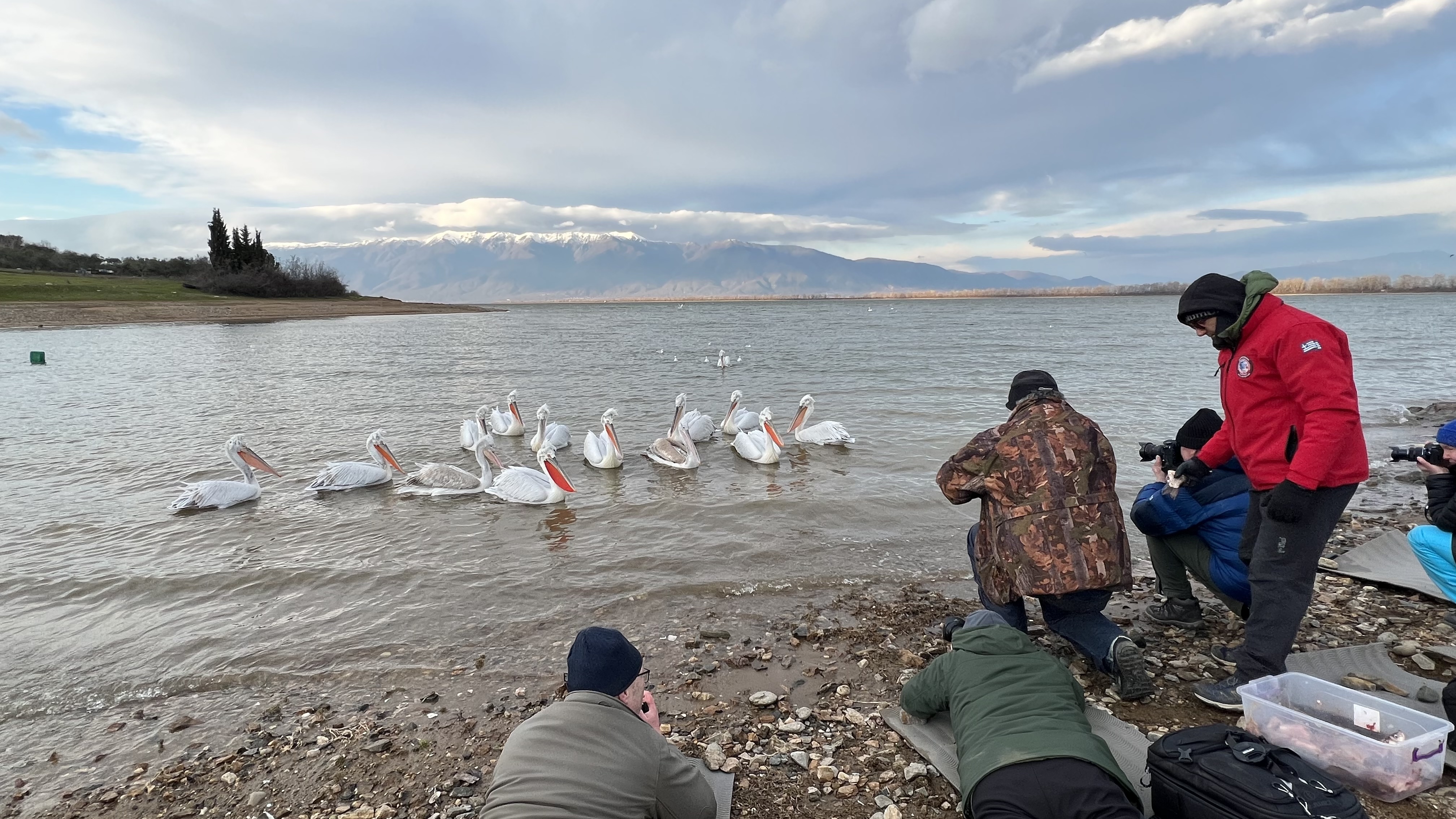
Portrait images of animals are lovely to look at but can often lack impact when they are composed badly. Getting on eye level with your subject will add a new dimension to your photographs, enhance your depth of field and give you a new insight to the environment of your subject. Bring a bin bag to lie on if you find yourself in wetter locations.
4. Pay attention to your background
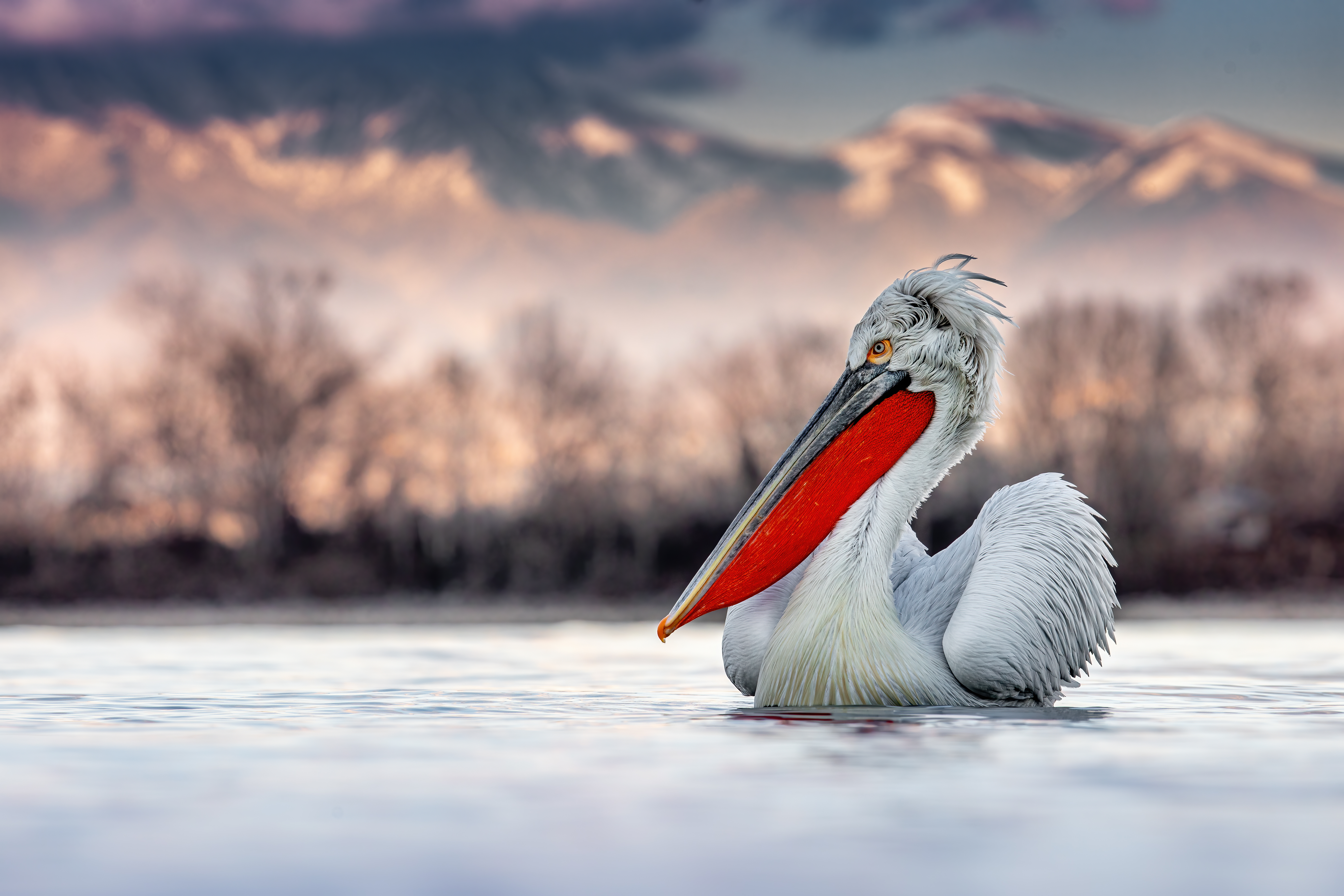
This is one of the trickier aspects of wildlife photography because you are somewhat limited to where the animals that you are photographing decide to place themselves. However, paying attention to the background and positioning yourself in a spot you can shoot from that will have a clean background will help you avoid introducing distractions.
Read more:
• Video: how to photograph birds in flight
• Full frame vs cropped sensor for bird photography – which is better?
Get the Digital Camera World Newsletter
The best camera deals, reviews, product advice, and unmissable photography news, direct to your inbox!
Digital Camera World is one of the leading authorities on camera and photography news, reviews, techniques, tutorials, comparisons, deals and industry analysis. The site doesn't just specialize in cameras, but all aspects of photography, videography and imaging – including camera phones, gimbals, lenses, lighting, editing software, filters, tripods, laptops, printers, photo books, desks, binoculars and more.
Whether you're using, looking to buy or trying to get the most out of a compact camera, action camera, camera drone, cinema camera, beginner camera or professional camera, Digital Camera World has a roster of experts with combined experience of over 100 years when it comes to cameras, photography and imaging.

